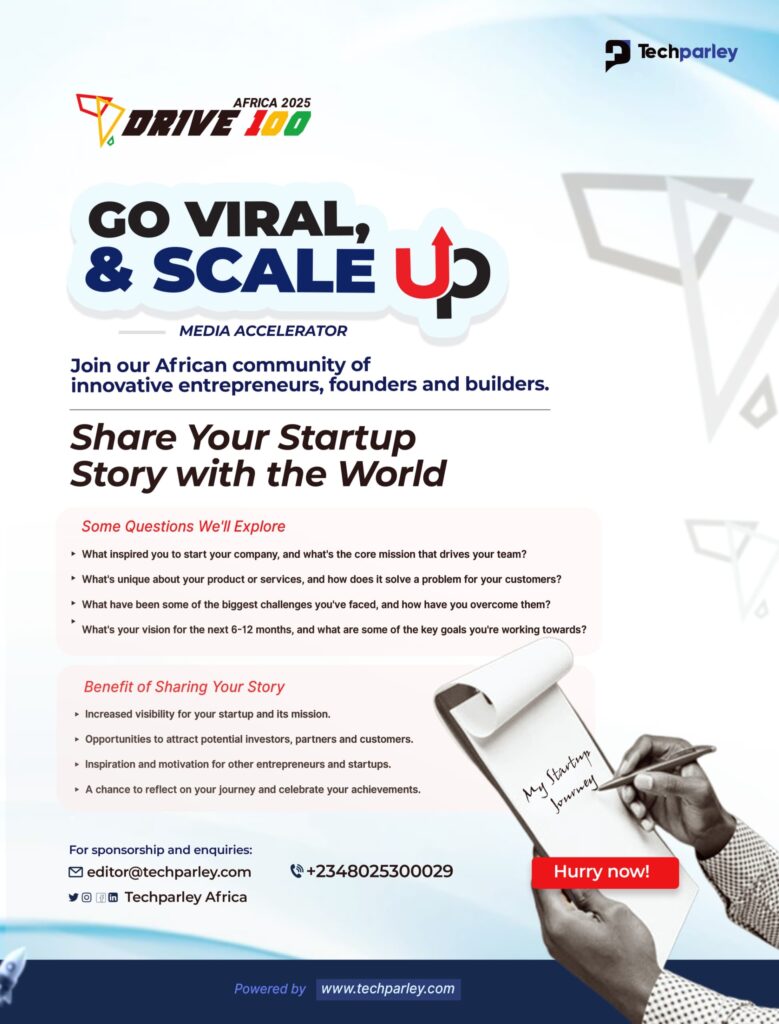Every successful startup begins with a great idea, but not every great idea becomes a successful startup. Before you spend months building a product or seeking investors, it’s essential to learn how to validate a startup idea.
Validation helps you test whether real people need your solution, are willing to pay for it, and prefer it over existing alternatives. In other words, it separates wishful thinking from market reality.
In this guide, you’ll learn the exact steps to research, test, and confirm your idea’s potential — from identifying your target market and gathering feedback to building a simple landing page and analyzing real-world data.
Step 1: Clearly Define Your Idea and Problem Statement
Before you can validate anything, you need a well-defined concept. Start by describing your idea in one or two sentences, what problem it solves, who it’s for, and why it’s different.
Ask yourself:
- What specific problem am I solving?
- Who exactly has this problem?
- How are they currently solving it?
- Why is my solution better or more convenient?
The goal is clarity. The sharper your problem statement, the easier it becomes to test and validate your assumptions.
Step 2: Identify Your Target Audience
You can’t validate your idea without knowing whose opinion matters most. Your target audience represents the people who will benefit directly from your solution.
How to define your target audience:
- Create buyer personas — describe their age, interests, occupation, and pain points.
- Understand their goals, frustrations, and motivations.
- Research where they hang out online (forums, social media, niche groups).
Example: If your idea is a personal finance app for freelancers, your audience isn’t “everyone who manages money” — it’s specifically freelancers struggling to track irregular income.
Step 3: Conduct Market Research
Market research provides data-driven insights about demand, competition, and market size. This helps you determine if your startup idea has room to grow.
Ways to conduct effective market research:
- Analyze existing competitors and their customer reviews.
- Use tools like Google Trends, Statista, or SEMrush to track demand and search interest.
- Study consumer behavior reports or niche-specific studies.
- Join relevant online communities and observe discussions.
Your goal isn’t to copy competitors, it’s to identify gaps they’ve missed or weaknesses you can improve on.
Step 4: Talk to Potential Customers
The fastest and most reliable validation comes from real conversations with your target users. Direct feedback helps you understand whether your solution solves a meaningful pain point.
How to gather customer insights:
- Conduct 15–30 interviews or surveys with potential users.
- Ask open-ended questions like: “What’s your biggest challenge related to [problem]?” “How do you currently solve this problem?” “Would you pay for a solution that solves it better?”
- Look for repeated patterns or frustrations, consistency means real demand.
Avoid asking if people like your idea; instead, ask if they’d pay for it or use it regularly.
Step 5: Build a Simple Landing Page (Smoke Test)
A landing page is a cost-effective way to gauge market interest without building the full product. It should explain what your startup does and invite visitors to take an action, like signing up for updates or early access.
How to build your validation landing page:
- Include a clear headline and short description of your offer.
- Add visuals or mockups of the product.
- Provide a sign-up form or “Join the waitlist” button.
- Drive traffic through ads, email, or social media campaigns.
- Track conversions, if visitors take action, it’s a strong sign of interest.
Tools to use: Carrd, Webflow, or Unbounce, simple platforms perfect for early testing.
Step 6: Collect Feedback Through Prototypes or Mockups
If you want to test usability or features, create low-fidelity prototypes using no-code or design tools.
Tools for building quick prototypes:
- Figma or Sketch (for UI mockups)
- Notion or Airtable (for workflows)
- Bubble, Glide, or Adalo (for basic app prototypes)
Share these prototypes with potential users and gather feedback on what they like, dislike, or expect to see improved.
Step 7: Test Willingness to Pay
Interest is good, but payment intent validates real demand. Even if you don’t sell yet, you can test whether customers are willing to spend.
Ways to test willingness to pay:
- Offer pre-orders or early-bird discounts.
- Create a waiting list with a “reserve your spot” deposit.
- Run paid ads and measure how many click your pricing page.
- Conduct a small pilot program and charge early testers.
If users are willing to exchange money or commitment for early access, you’ve achieved strong validation.
Step 8: Analyze Data and Refine Your Idea
After gathering feedback and metrics, analyze what you’ve learned. The goal isn’t just to confirm your idea, it’s to refine it into something stronger.
Key data to review:
- Survey results (interest, pricing, needs)
- Website conversion rates
- User feedback from interviews and prototypes
- Market size and competitor strengths
If results are weak, don’t be discouraged, use them to pivot or reposition your idea. Many great startups were born from refined insights, not the original plan.
Step 9: Build an MVP (Minimum Viable Product)
Once your idea is validated, the next logical step is to build an MVP. It’s the simplest version of your product that solves the core problem and allows real users to test it.
Focus only on essential features that deliver value. Launch it to a small, engaged group, gather usage data, and continue refining before a full-scale launch.
Step 10: Repeat the Validation Cycle
Validation is not a one-time task, it’s a continuous process. Markets shift, customer needs evolve, and new competitors emerge.
To stay validated:
- Revisit your assumptions every few months.
- Keep talking to users and testing updates.
- Track key metrics like churn, engagement, and satisfaction.
Constant validation ensures your startup remains relevant and profitable over time.
FAQs About How to Validate a Startup Idea
Why is startup idea validation important?
Validating your startup idea ensures you’re building something people actually want. It helps you test assumptions, confirm real demand, and avoid wasting resources on a product that won’t gain traction in the market.
How do I know if my startup idea is worth pursuing?
If people express interest, sign up for early access, or show a willingness to pay for your solution, that’s a strong signal your idea has potential. Consistent feedback and measurable engagement are key indicators of a viable startup concept.
What are the best tools for validating a startup idea?
Some popular tools include Google Trends (to gauge demand), Typeform or Google Forms (for surveys), Figma or Bubble (for prototypes), and Carrd or Unbounce (for landing page tests). These tools let you validate quickly and affordably.
How long does it take to validate a startup idea?
Validation can take anywhere from a few weeks to a couple of months, depending on your research depth and testing methods. The goal is to gather enough data to make a confident decision, not to rush through the process.
Do I need a finished product to validate my startup idea?
No, you don’t need a finished product. You can validate using mockups, prototypes, or even a simple landing page. The aim is to test market demand before investing heavily in development.






